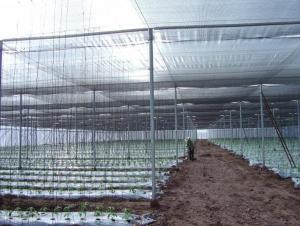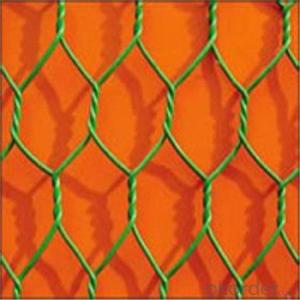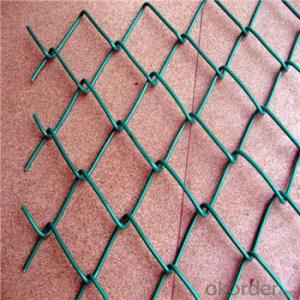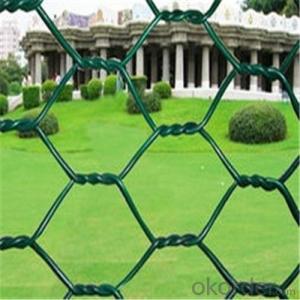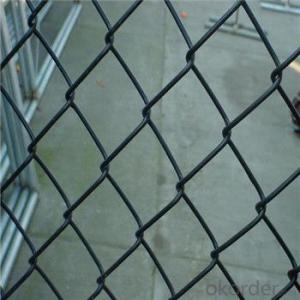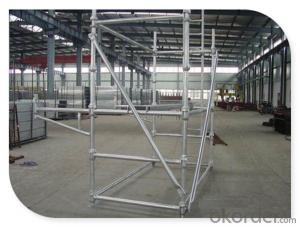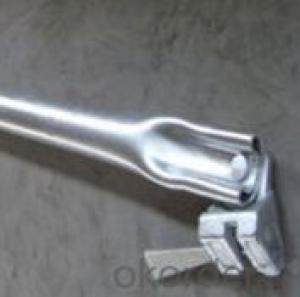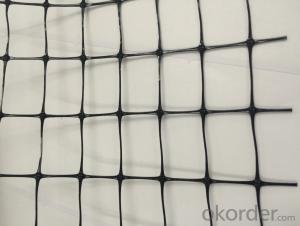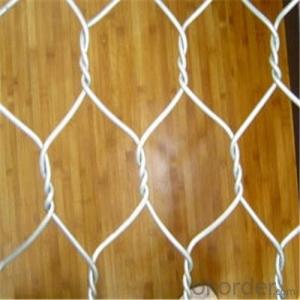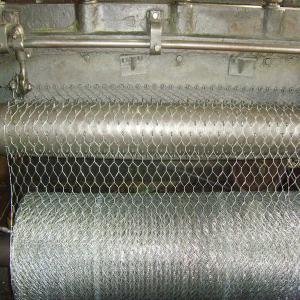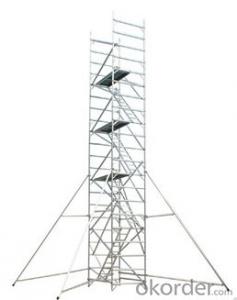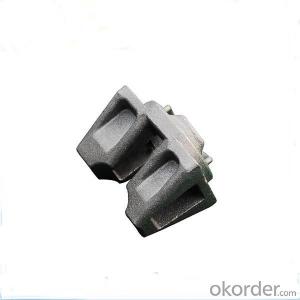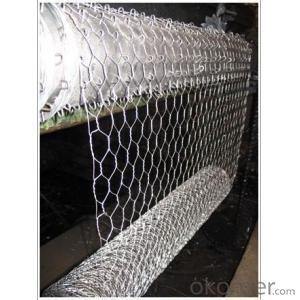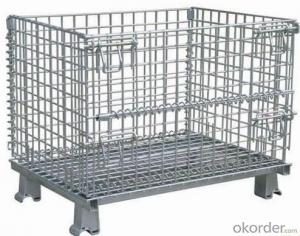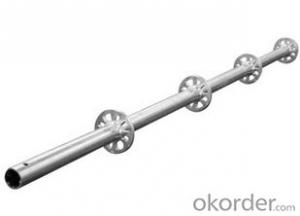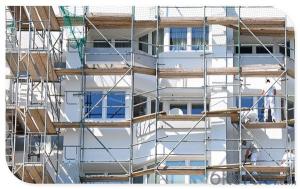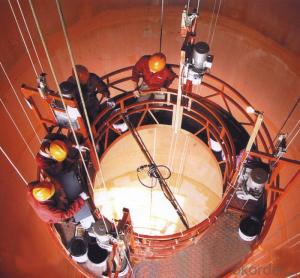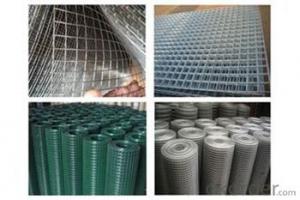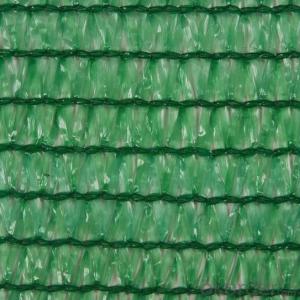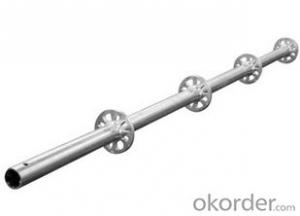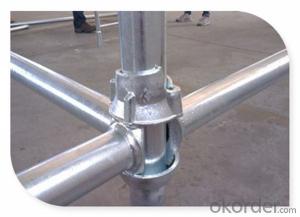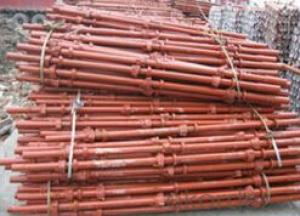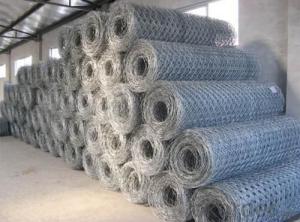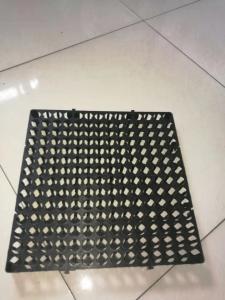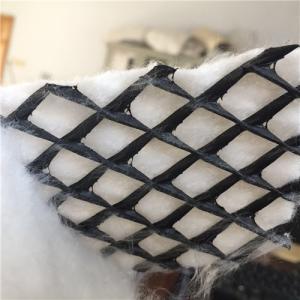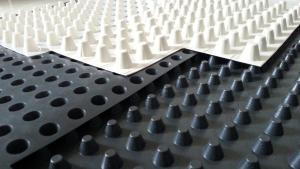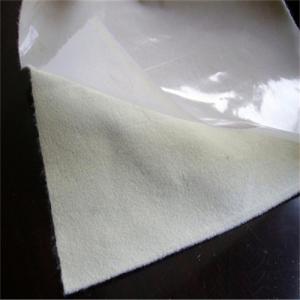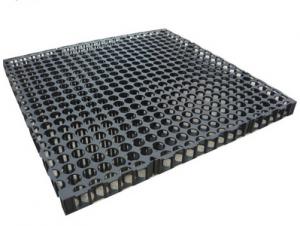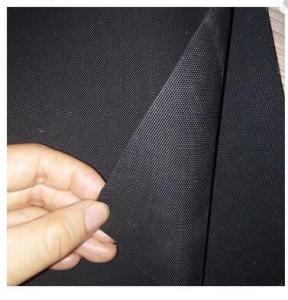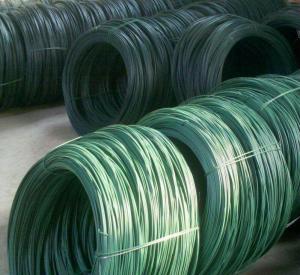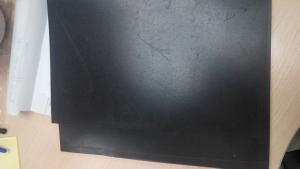Scaffold Netting
Scaffold Netting Related Searches
Chicken Wire Stainless Steel Aluminium Modelling Mesh Plastic Garden Netting Uk Plastic Safety Netting Rigid Plastic Netting Plastic Deer Netting Raschel Mesh Poly Tube Netting Barrier Fence Netting Protective NettingHot Searches
Sun Chairs For Sale Garden Slabs Sale Garden Bench Sale Wire Netting Prices Garden Supply Company Catalog Local Garden Supply Stores Shade Netting Manufacturers South Africa Agricultural Netting Suppliers Used Electrical Wire For Sale Watch The Wire Online Season 4 Watch The Wire Free Online Watch The Wire Remastered Online Used Hotel Furniture Online Wire Netting Prices Wire App Store Shade Netting Manufacturers South Africa Agricultural Netting Suppliers Aluminium Wire Mesh Manufacturers India Wire Netting Prices Lighting Supplier SingaporeScaffold Netting Supplier & Manufacturer from China
Okorder.com is a professional Scaffold Netting supplier & manufacturer, offers integrated one-stop services including real-time quoting and online cargo tracking. We are funded by CNBM Group, a Fortune 500 enterprise and the largest Scaffold Netting firm in China.Hot Products
FAQ
- The purpose of using geocells in flood protection applications is to provide a strong and stable barrier that can prevent soil erosion, manage water flow, and reinforce embankments or levees during flooding events. Geocells are designed to confine and stabilize soil, preventing it from being washed away or displaced by the force of floodwaters. This helps to maintain the integrity of flood protection structures and reduce the risk of flooding in vulnerable areas.
- Yes, there are specific earthwork products available for military engineering projects. These include materials such as geotextiles, geogrids, and geocells that are used for erosion control, soil stabilization, and reinforcing structures in challenging terrains. These products are designed to meet the specific requirements and standards of military engineering projects to enhance their effectiveness and durability.
- Yes, geocells can be used for ground stabilization. Geocells are three-dimensional cellular confinement systems made of high-density polyethylene (HDPE) material, which can be filled with soil, aggregate, or other infill materials. They are commonly used in construction and civil engineering projects to strengthen and stabilize weak or soft soils, prevent erosion, and provide support for load-bearing structures. By confining the infill materials within the geocells, they enhance the load-bearing capacity of the ground, increase its stability, and reduce the risk of settlement or failure.
- Geonets offer several advantages in landfill capping. Firstly, they provide excellent drainage capabilities, allowing the efficient removal of leachate from the landfill site. This helps in preventing the accumulation of harmful liquids and gases, thus reducing the risk of contamination. Secondly, geonets enhance the stability and strength of the landfill cap by providing reinforcement to the soil layer. This reinforcement helps in preventing erosion, settlement, and potential damage caused by external factors such as wind and rain. Additionally, geonets are lightweight and easy to install, saving time and labor costs during the landfill capping process. Overall, the use of geonets ensures improved performance, longevity, and environmental protection in landfill capping projects.
- Earthwork products, such as retaining walls and erosion control blankets, play a crucial role in preventing erosion on riverbanks. Retaining walls provide stability and support, preventing soil and sediments from being washed away by the flowing water. They help to redirect the force of the river and reduce the impact of erosion. Erosion control blankets, on the other hand, act as a protective layer, preventing the direct impact of rainfall and runoff on the riverbank soil. These products together help to reinforce the riverbanks, minimize soil erosion, and maintain the ecological balance of the surrounding environment.
- Will the mechanical material mechanics and civil material mechanics different?
- Material mechanics is a course, not too much difference in our university material mechanics examination questions are the same as the late course of the different civil class tend to focus on geotechnical mechanics, non-linear analysis of the mechanical class more Concerned structural analysis, elastic mechanics
- Erosion control blankets aid in revegetation efforts in earthwork applications by providing a protective covering for newly seeded or planted areas. These blankets help prevent soil erosion caused by wind or water, allowing the seeds to germinate and plants to establish roots. The blankets also help retain moisture in the soil, creating a favorable environment for plant growth. Additionally, they offer protection against harsh weather conditions and support the establishment of a diverse and healthy plant community, ultimately enhancing the success of revegetation efforts in earthwork projects.
- Geotextile mattresses have specific applications in riverbank stabilization projects as they provide erosion control, slope protection, and enhance soil stabilization. These mattresses are placed on the riverbanks to prevent soil erosion caused by water currents, waves, and other erosive forces. They also act as a barrier against scouring, protecting the riverbank from being washed away. Additionally, geotextile mattresses help in vegetation establishment, allowing plants to take root within the mattress and further stabilize the riverbank.
